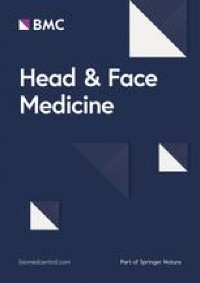Eur Arch Otorhinolaryngol. 2021 Mar 19. doi: 10.1007/s00405-021-06739-z. Online ahead of print.
ABSTRACT
PURPOSE: New energy-based sutureless vessel ligation devices, such as the Thunderbeat (Olympus Medical Systems Corp., Tokyo, Japan), could reduce operative time and limit blood loss in head and neck surgery; however, efficacy and safety in major head and neck surgery have not been investigated in a prospective, randomized study.
METHODS: This prospective, double-arm, randomized controlled trial consisted of two parts: total laryngectomy (TL) and neck dissection (ND). Thirty patients planned for TL were randomized in two groups. For the ND part, forty-two operative sides were likewise randomized. In both parts, Thunderbeat was used in addition to the standard instrumentation in the intervention groups, while only standard instrumentation was used in the control groups. Primary outcome values were blood loss, operative time and complication rate.
RESULTS: For the TL part there was no difference in mean blood loss (p = 0.062), operative time (p = 0.512) and complications (p = 0.662) between both hemostatic techniques. For the neck dissection part, there was a reduction in blood loss (mean 210 mL versus 431 mL, p = 0.046) and in operative time (median 101 (IQR 85-130) minutes versus 150 (IQR 130-199) minutes, p = 0.014) when Thunderbeat was used. There was no difference in complication rate between both hemostatic systems (p = 0.261).
CONCLUSION: The Thunderbeat hemostatic device significantly reduces operative blood loss and operative time for neck dissections, without increase in complications. In TL, blood loss using Thunderbeat was comparable with the standard technique, but the operative time tended to be shorter.
TRIAL REGISTRATION: UMCG Research Register, Reg. no. 201700041, date of registration: 18/1/2017.
PMID:33740084 | DOI:10.1007/s00405-021-06739-z




